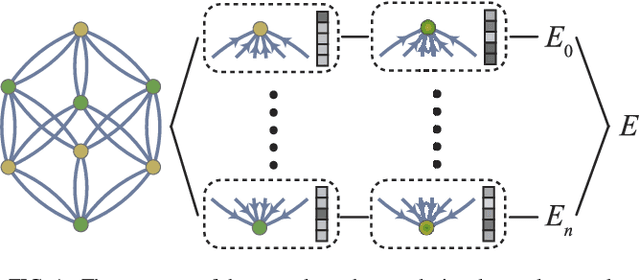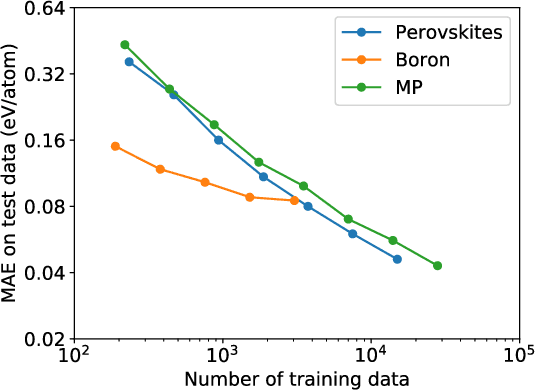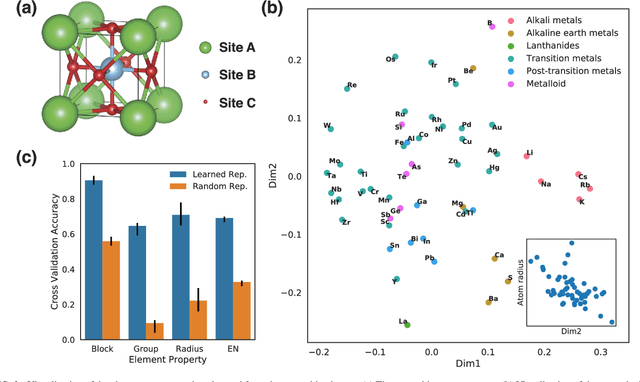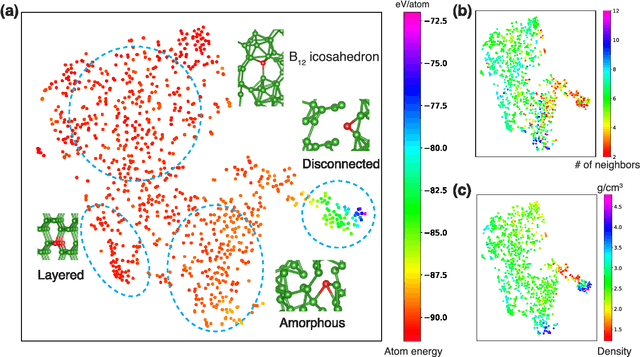Hierarchical Visualization of Materials Space with Graph Convolutional Neural Networks
Paper and Code
Sep 18, 2018



The combination of high throughput computation and machine learning has led to a new paradigm in materials design by allowing for the direct screening of vast portions of structural, chemical, and property space. The use of these powerful techniques leads to the generation of enormous amounts of data, which in turn calls for new techniques to efficiently explore and visualize the materials space to help identify underlying patterns. In this work, we develop a unified framework to hierarchically visualize the compositional and structural similarities between materials in an arbitrary material space with representations learned from different layers of graph convolutional neural networks. We demonstrate the potential for such a visualization approach by showing that patterns emerge automatically that reflect similarities at different scales in three representative classes of materials: perovskites, elemental boron, and general inorganic crystals, covering material spaces of different compositions, structures, and both. For perovskites, elemental similarities are learned that reflects multiple aspects of atom properties. For elemental boron, structural motifs emerge automatically showing characteristic boron local environments. For inorganic crystals, the similarity and stability of local coordination environments are shown combining different center and neighbor atoms. The method could help transition to a data-centered exploration of materials space in automated materials design.
 Add to Chrome
Add to Chrome Add to Firefox
Add to Firefox Add to Edge
Add to Edge